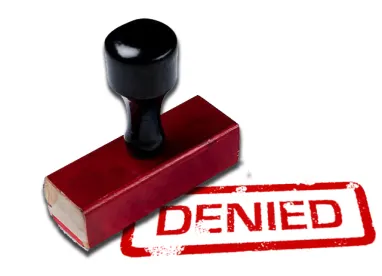Takeaway: Evidence that a paper was presented at a conference attended by people of ordinary skill in the art may be sufficient to establish that the paper is available as prior art.
In its Decision on Institution, the Board found that Petitioner had not established a reasonable likelihood of prevailing on any of the challenged claims, claims 1, 8, 10, 18, 19, and 22, of the ’032 Patent. The ’032 Patent describes an encoding/decoding scheme. In particular, the ’032 Patent describes the serial concatenation of interleaved convolutional codes forming turbo-like codes.
The Board began with claim construction, stating that the terms are given their broadest reasonable construction. The Board adopted Petitioner’s proposed constructions, except one term which was narrowed slightly.
The Board then assessed whether one of the references, Frey, is prior art. Patent Owner challenged the availability of Frey. Petitioner asserts, with support from Dr. MacKay’s Declaration of his recollection of events at the time, that Frey was published “no later than October 8, 1999.” Although Dr. MacKay was a co-author of the paper, the Declaration is silent as to whether the paper at issue was presented at the alleged conference held on October 8, 1999 and there is no indication that the paper was received by a recognized library after the conference. Accordingly, the Board determined that Frey is not a publication available for challenging the claims of the ’032 Patent. Thus, all grounds relying on Frey are denied.
In contrast, the Board found that Divsalar, another reference, is available to challenge the claims of the ’032 Patent. Divsalar included a cover page with a photograph of the “Allerton House” in which the Allerton Conference, a date range of the conference, and sponsorship information. Also, Petitioner included declaration testimony of the University of Texas librarian including an acquisition record. Patent Owner argued that the acquisition record of the library did not prove whether the paper was actually shelved or displayed and accessible to those of “ordinary skill.” However, the Board determined that the evidence presented was sufficient to establish that the paper was presented at the September 1998 Allerton Conference, which was one of the main conferences in the field of information theory and communications.
In assessing the grounds of unpatentability, the Board agreed with Patent Owner that none of the references describe a parity bit being computed by summing information bits and another parity bit. Accordingly, the Board determined that Petitioner had not demonstrated a reasonable likelihood of succeeding with these challenges.
Hughes Network Systems, LLC and Hughes Communications, Inc. v. California Institute of Technology, IPR2015-00060
Paper 18: Decision Denying Institution of Inter Partes Review
Dated: April 27, 2015
Patent 7,421,032 B2
Before: Kalyan K. Deshpande, Glenn J. Perry, and Trevor M. Jefferson
Written by: Perry
Related Proceedings: California Institute of Technology v. Hughes Communications, Inc., No. 13-CV-07245 (CACD); IPR2015-00059; IPR2015-00061; IPR2015-00067; IPR2015-00068; and IPR2015-00081



 />i
/>i

